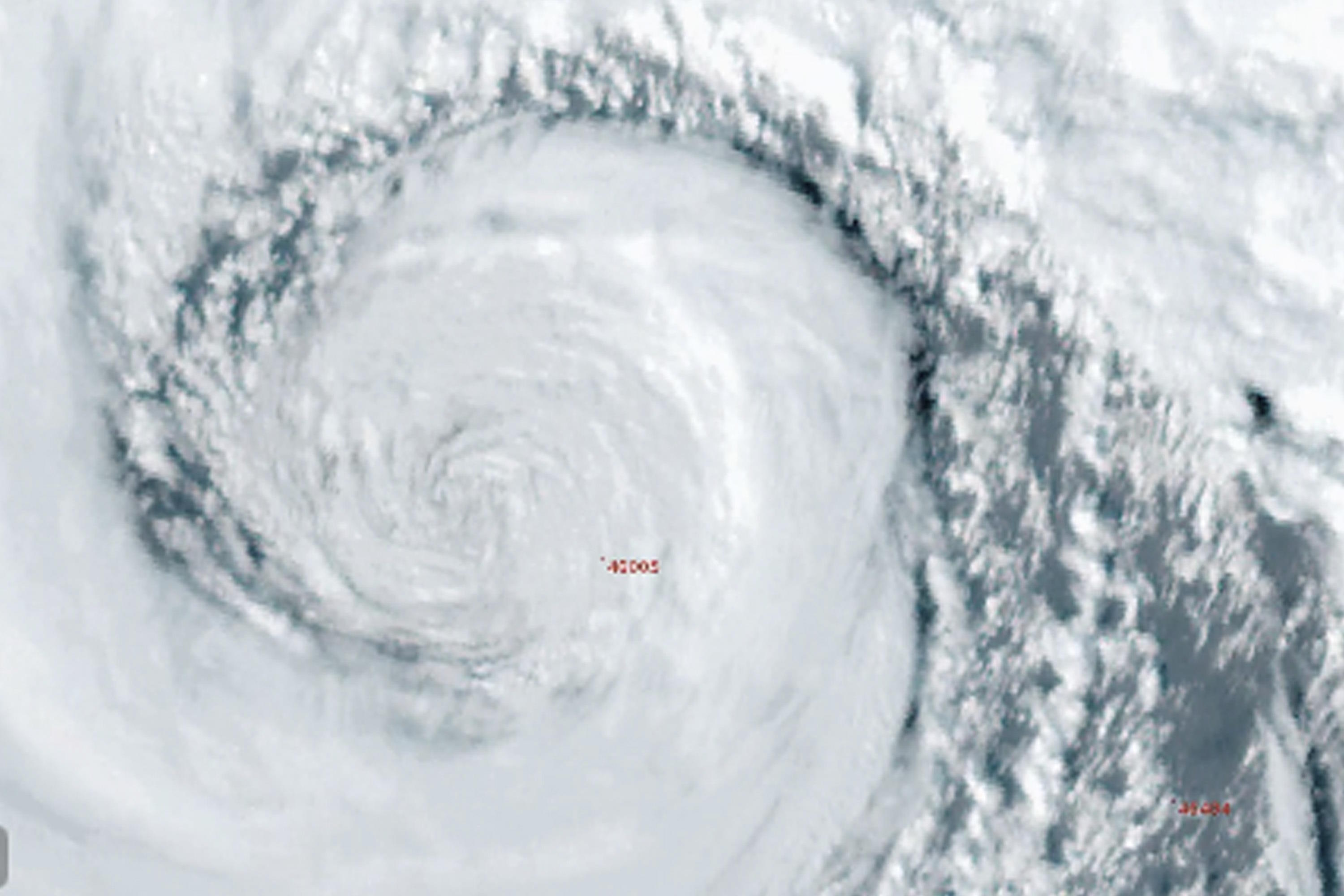A major storm has hit the northwest of the United States on Tuesday night with heavy rains and winds that knocked down numerous trees. The fall of one of them killed a woman, while many homes suffered power outages.
The Climate Prediction Center warned of risks of excessive rainfall until Friday and hurricane-force wind alerts were issued as the strongest atmospheric river —a large mass of moisture— they have seen this season overwhelms the region in California and the Pacific Northwest. The storm system is considered a bombogenesis, which occurs when a cyclone rapidly intensifies.
Trees fell on houses and blocked roads throughout the northwest of the state of Washington. In Lynnwood, a woman died on Tuesday night when a large tree fell on a homeless camp, the South county firefighters said in a statement on X.
In Seattle, a tree fell on a vehicle and temporarily trapped a person inside, reported the Fire Department. It was later reported that the person was in stable condition.
"Trees are falling all over the city and falling on homes," the fire department in Bellevue, about 16 kilometers east of Seattle, posted on the social network X. "If you can, go to the lowest floor and away from windows. Do not go out if you can avoid it."
Early Wednesday, poweroutage.us reported that at least 600,000 homes were without power in the state of Washington. But reports of outages varied greatly overnight, likely due in part to several meteorological and public utility agencies having trouble reporting on the storm due to internet outages and other technical issues. Over 15,000 had lost power in Oregon and nearly 19,000 in California.
By 8 p.m., the maximum wind speed was recorded in Canadian waters, where wind gusts of 163 kilometers per hour were reported off the coast of Vancouver Island, according to the National Weather Service in Seattle. Wind gusts of up to 127 km/h (79 mph) were reported on the Oregon coast on Tuesday night, according to the National Weather Service in Medford, while a wind speed of 124 km/h (77 mph) was recorded on Mount Rainier in Washington. Winds were expected to increase in western Washington overnight.
The National Weather Service warned people on the west coast about the danger of fallen trees. "Stay safe by avoiding outdoor rooms and windows and be careful when driving," they noted in a message on X.
In northern California, flood and strong wind warnings were issued, with forecasts of up to 20 centimeters of rain in parts of the San Francisco Bay area, the north coast, and the Sacramento Valley. Dangerous flash floods, rockslides, and debris flows were expected, according to the Climate Prediction Center of the National Weather Service.
A winter storm warning was issued for the northern Sierra Nevada above 1,066 meters, where 28 centimeters of snow could fall in two days. Wind gusts could exceed 120 km/h in mountainous areas, meteorologists said.
The National Weather Service issued a flood warning for some areas of southwest Oregon until Friday night. Additionally, the wind and rough sea conditions halted a ferry route in northwest Washington between Port Townsend and Coupeville.
A blizzard alert was also issued for most of the Cascades region in Washington, including Mount Rainier National Park, starting Tuesday afternoon, with estimates of up to 30 cm of snow and wind gusts of up to 97 km/h, according to the weather service in Seattle.
